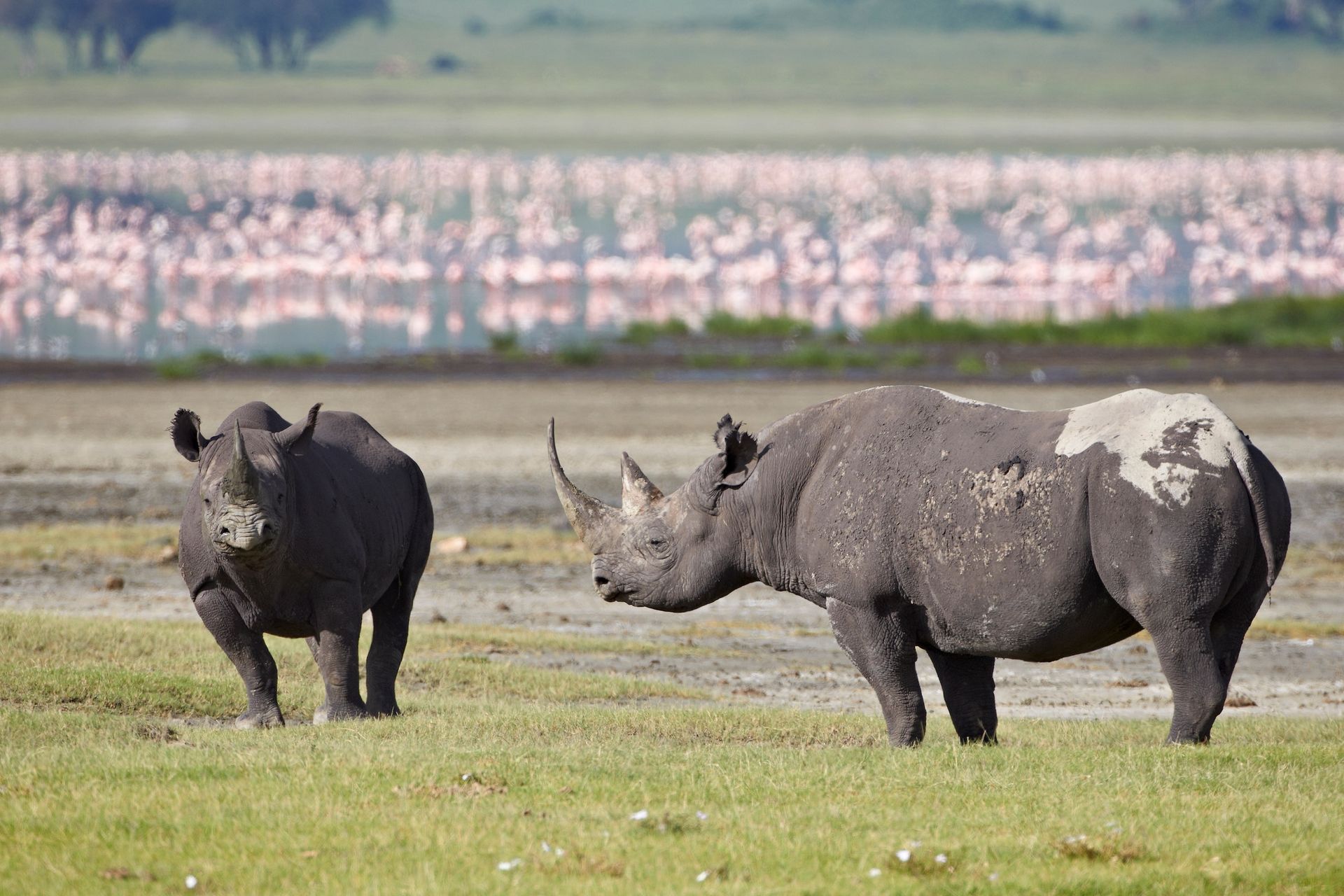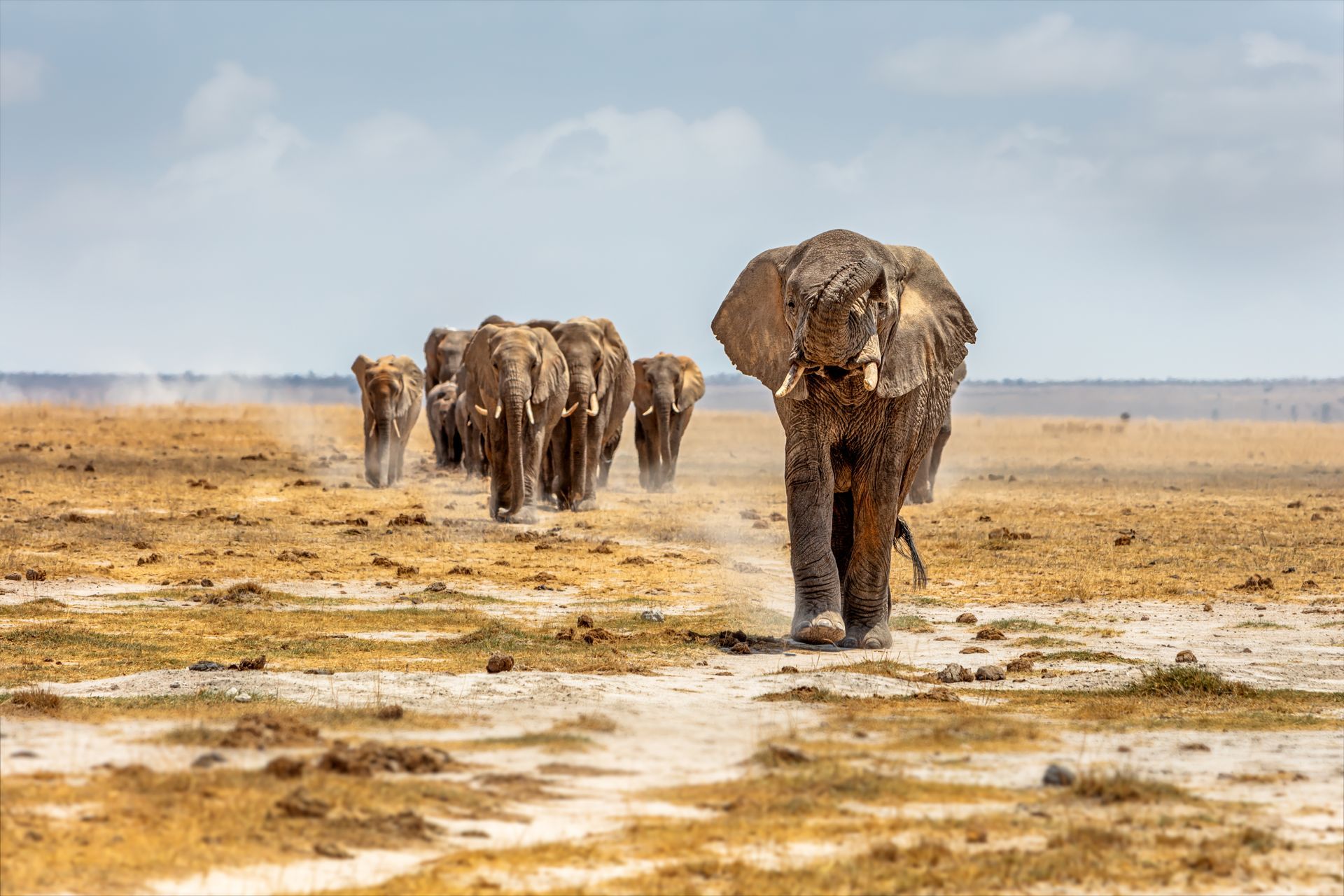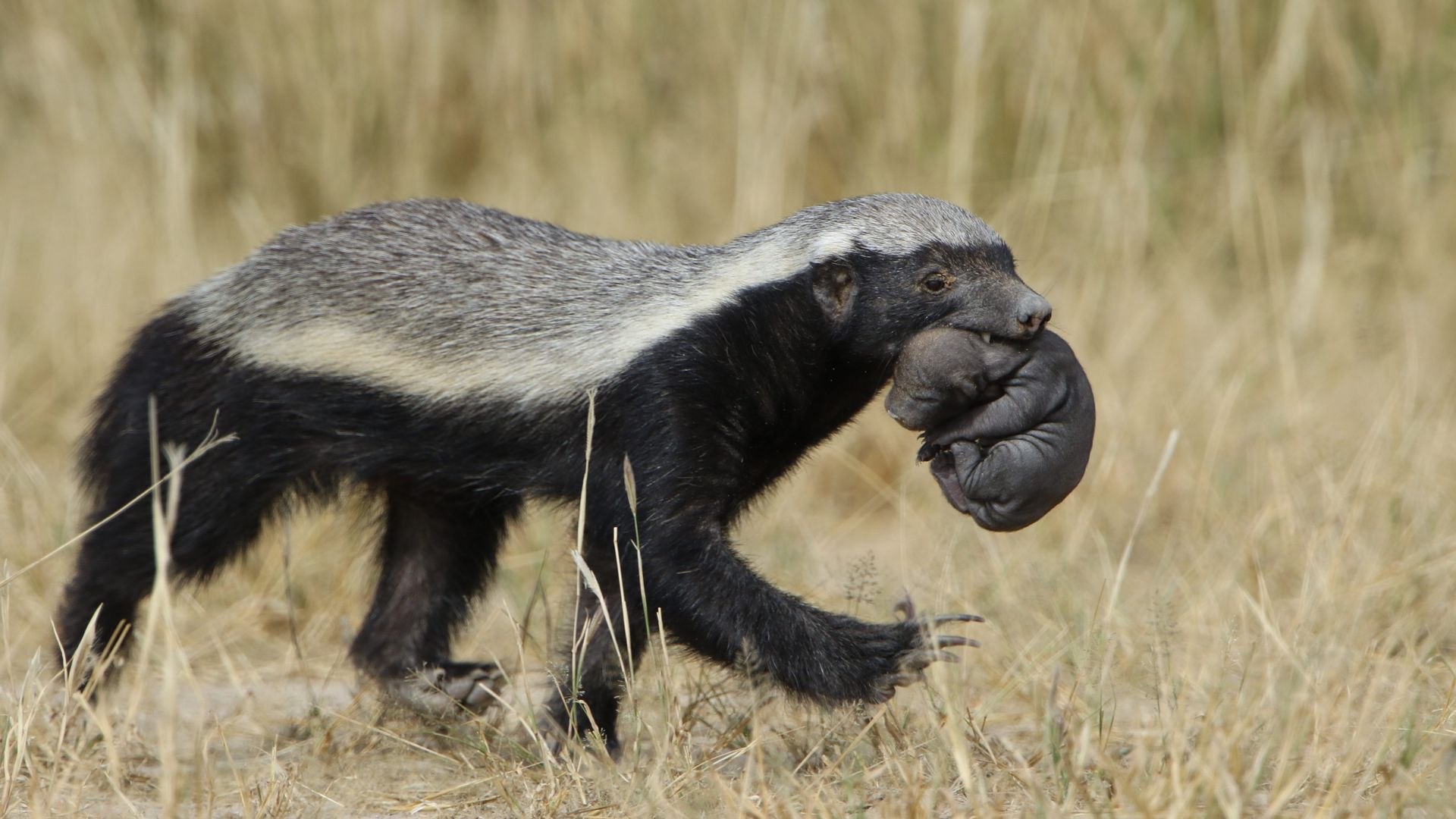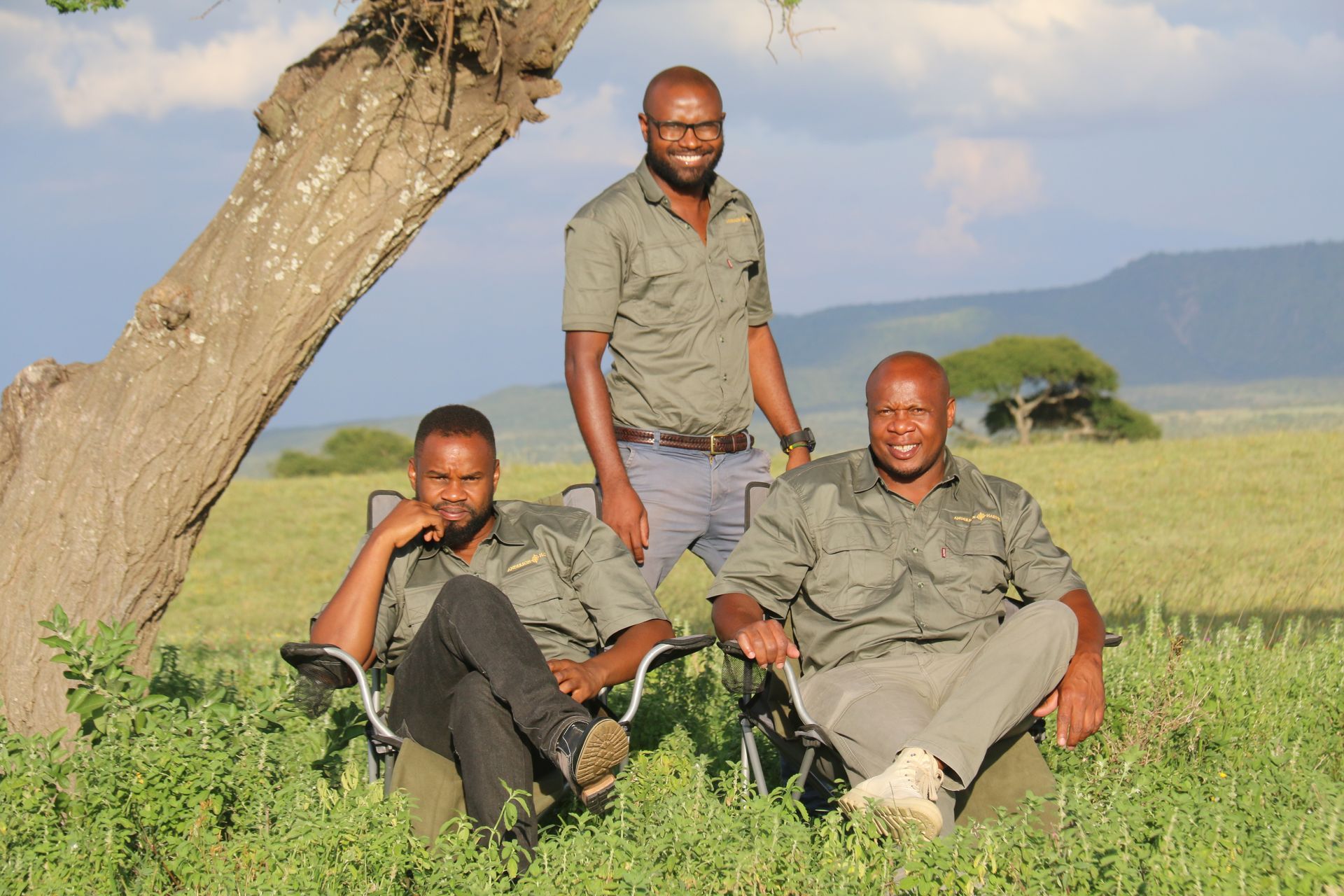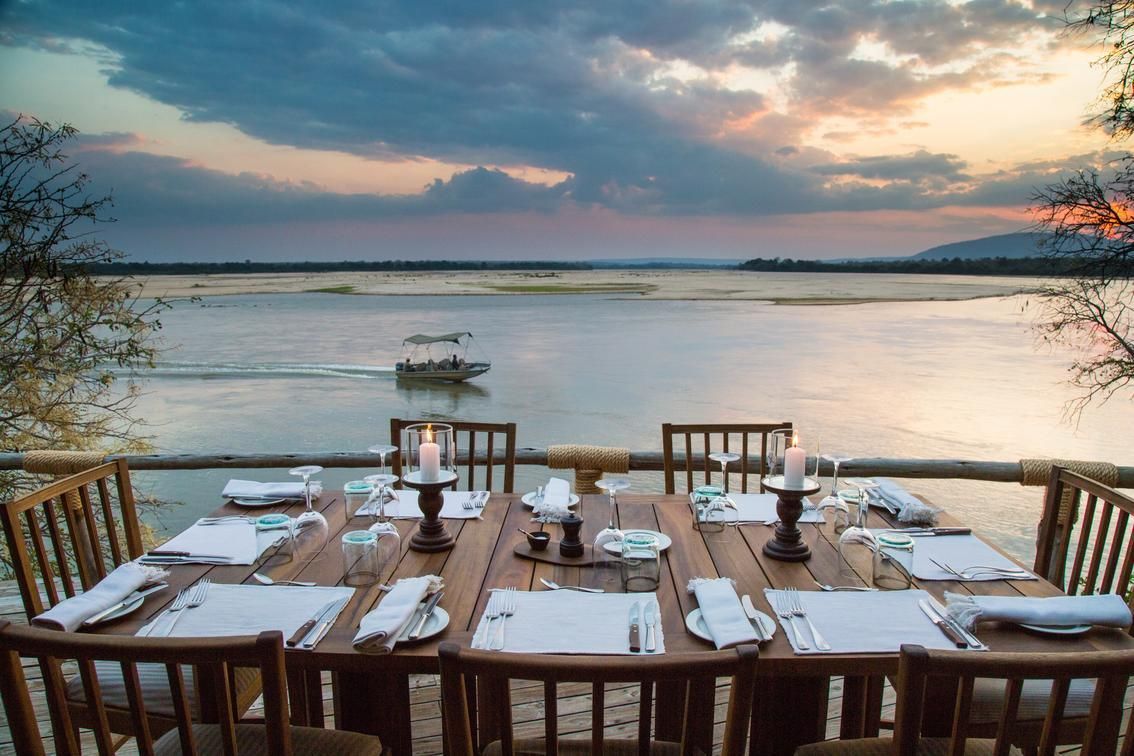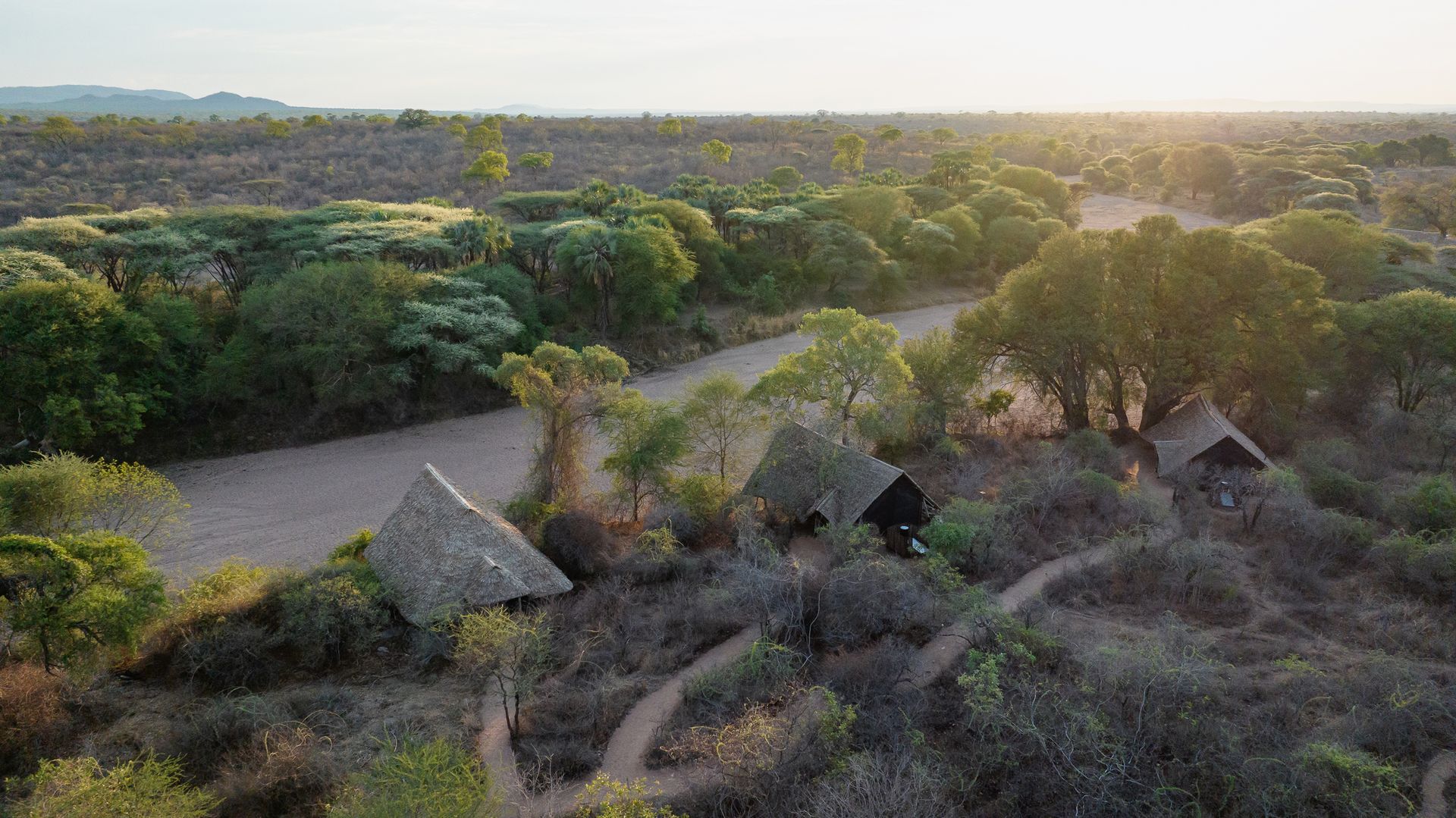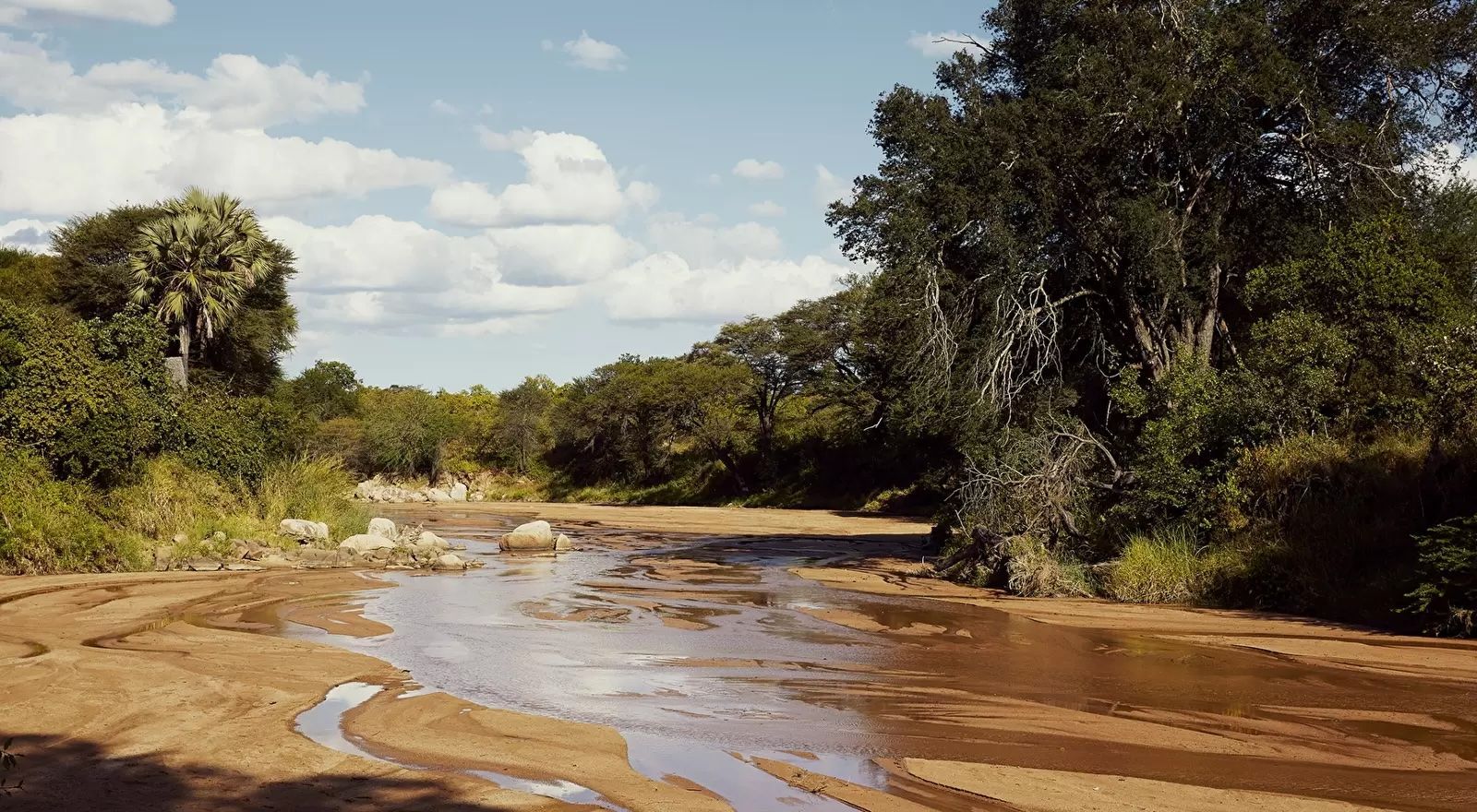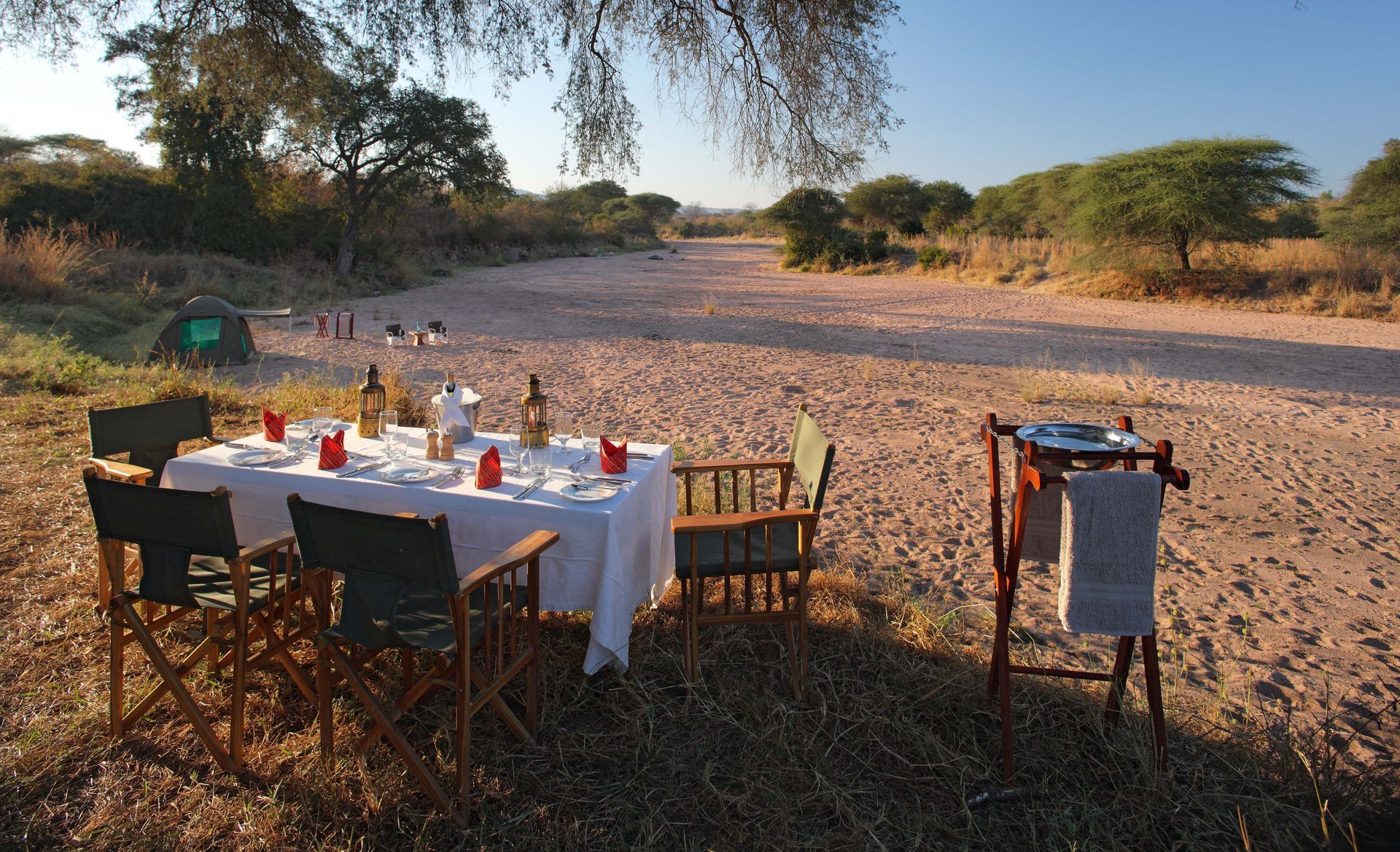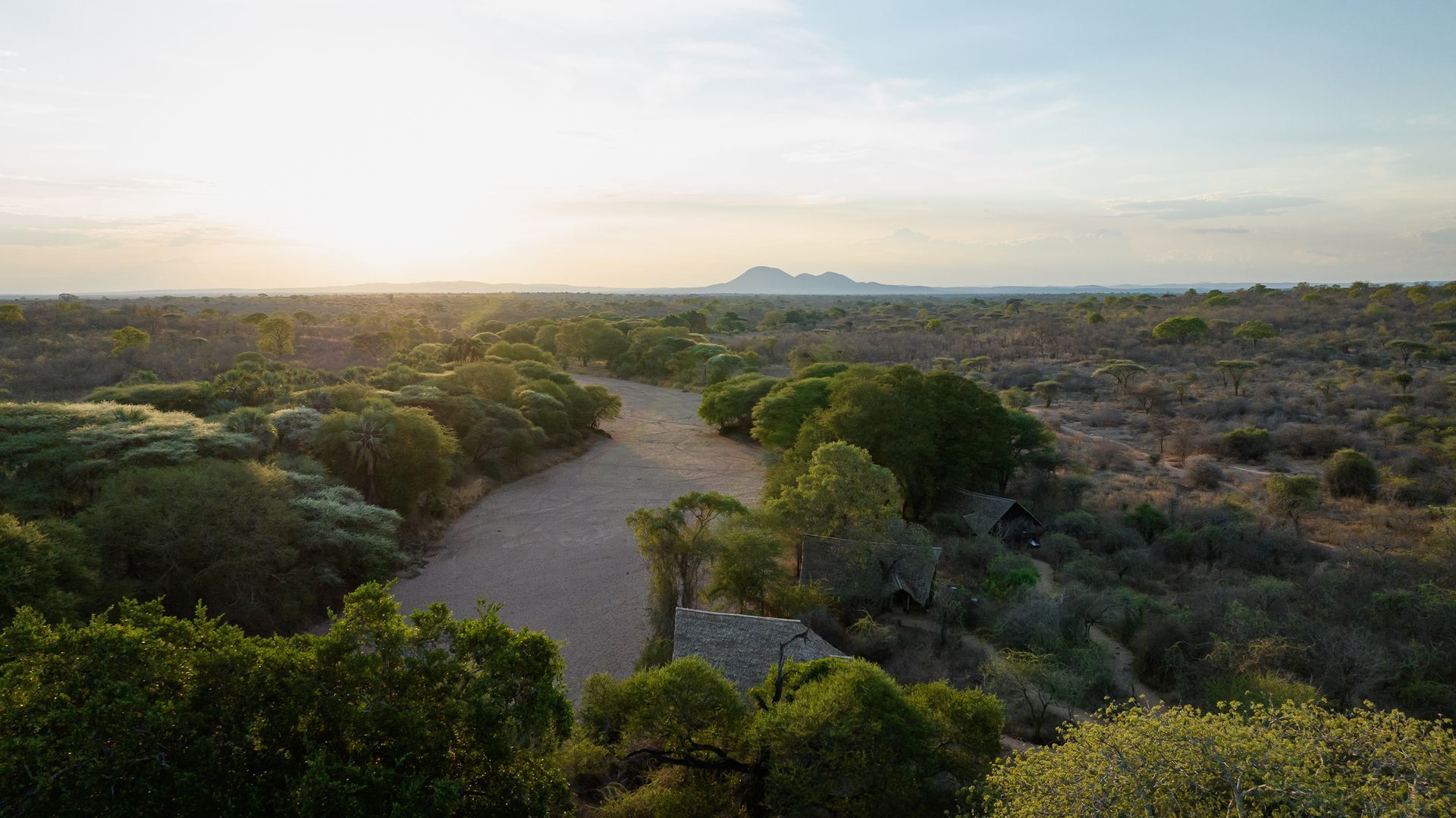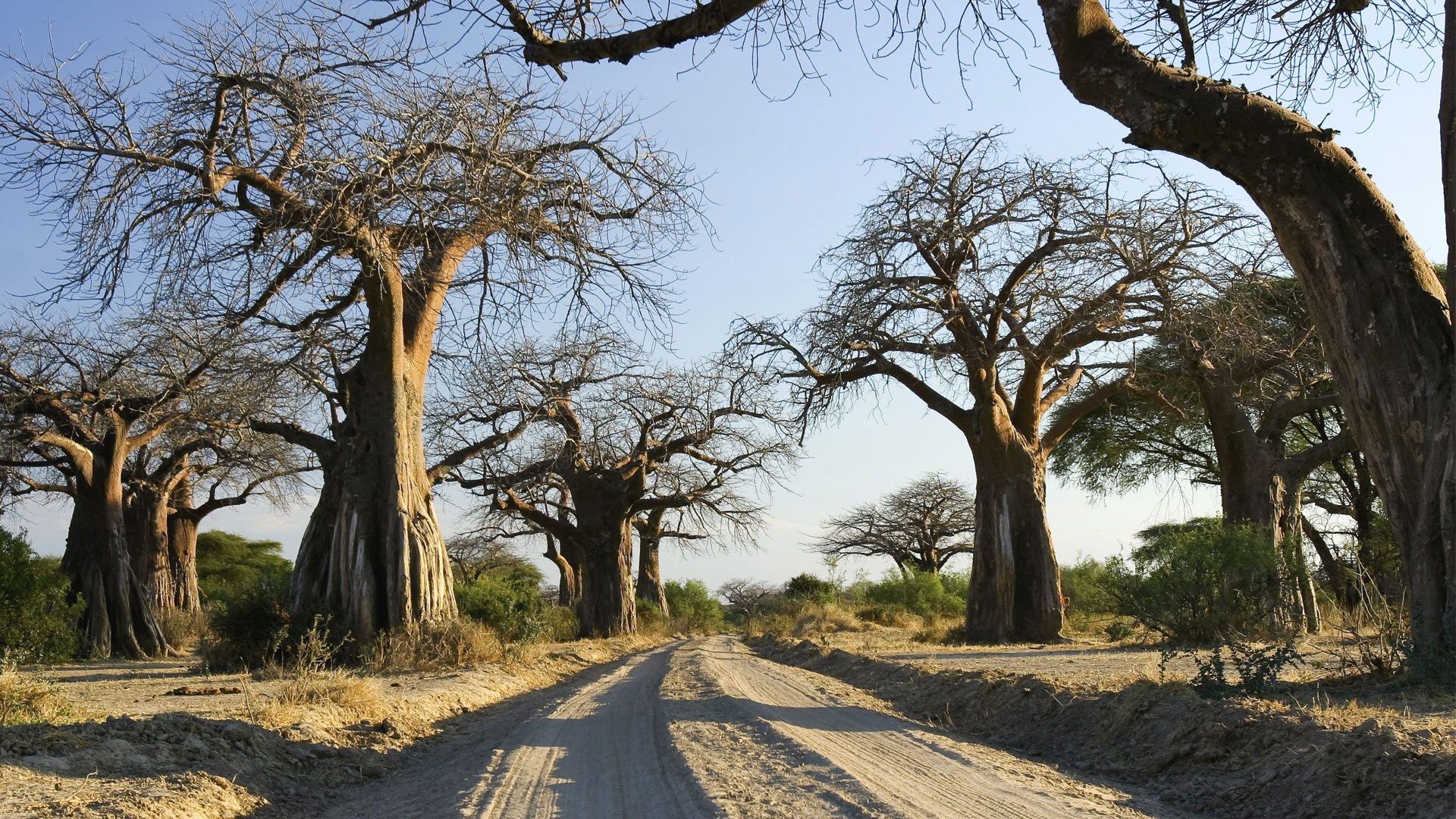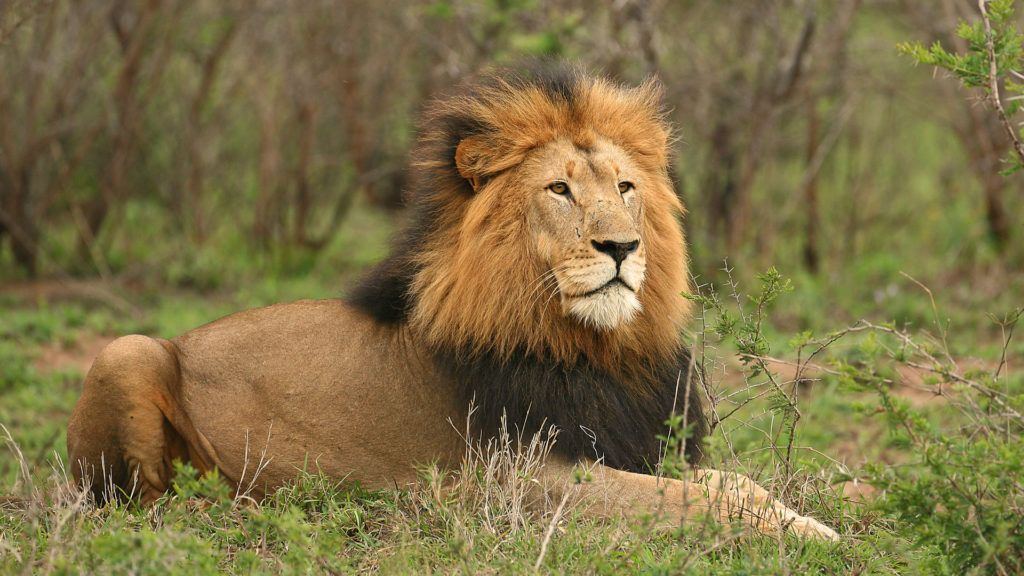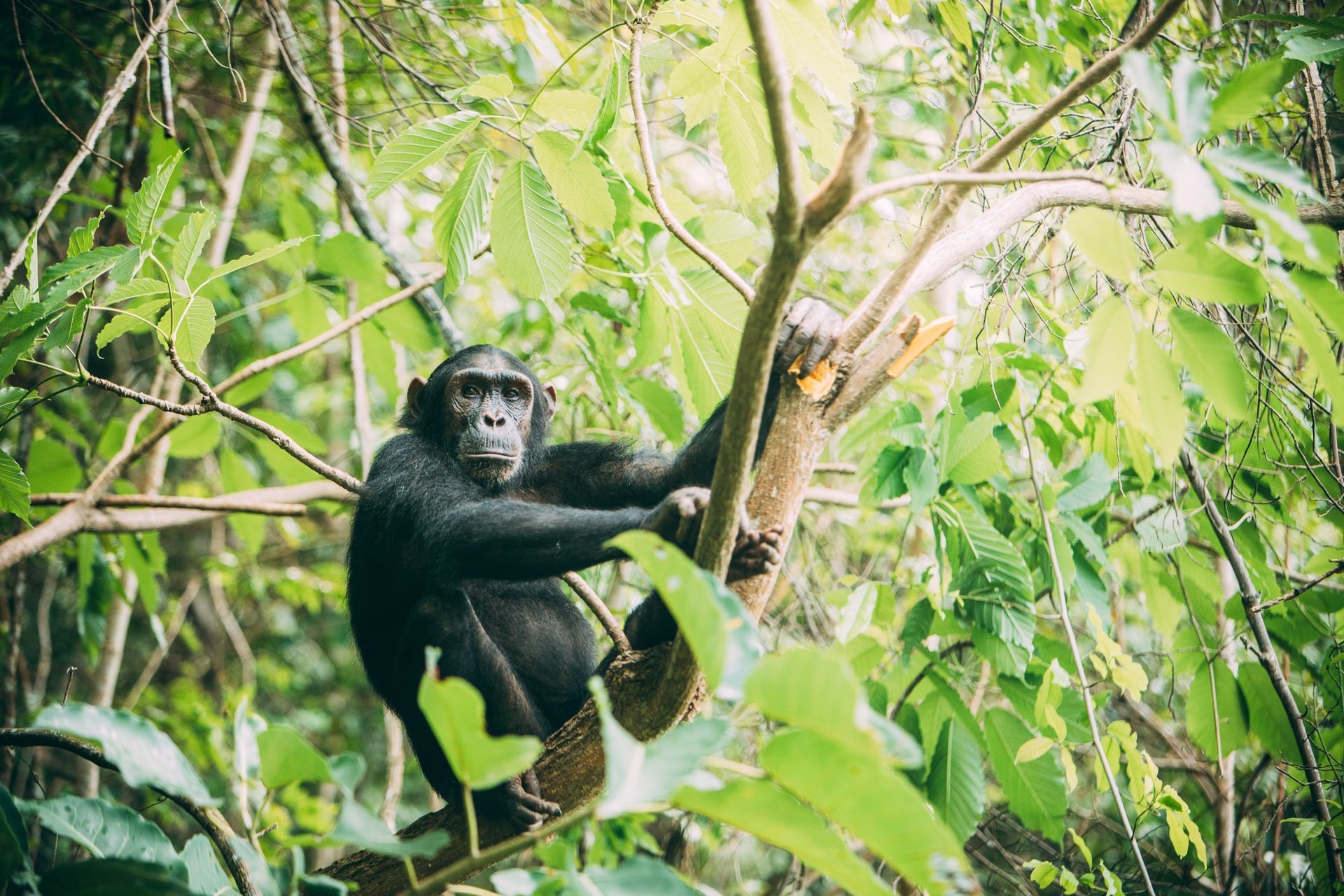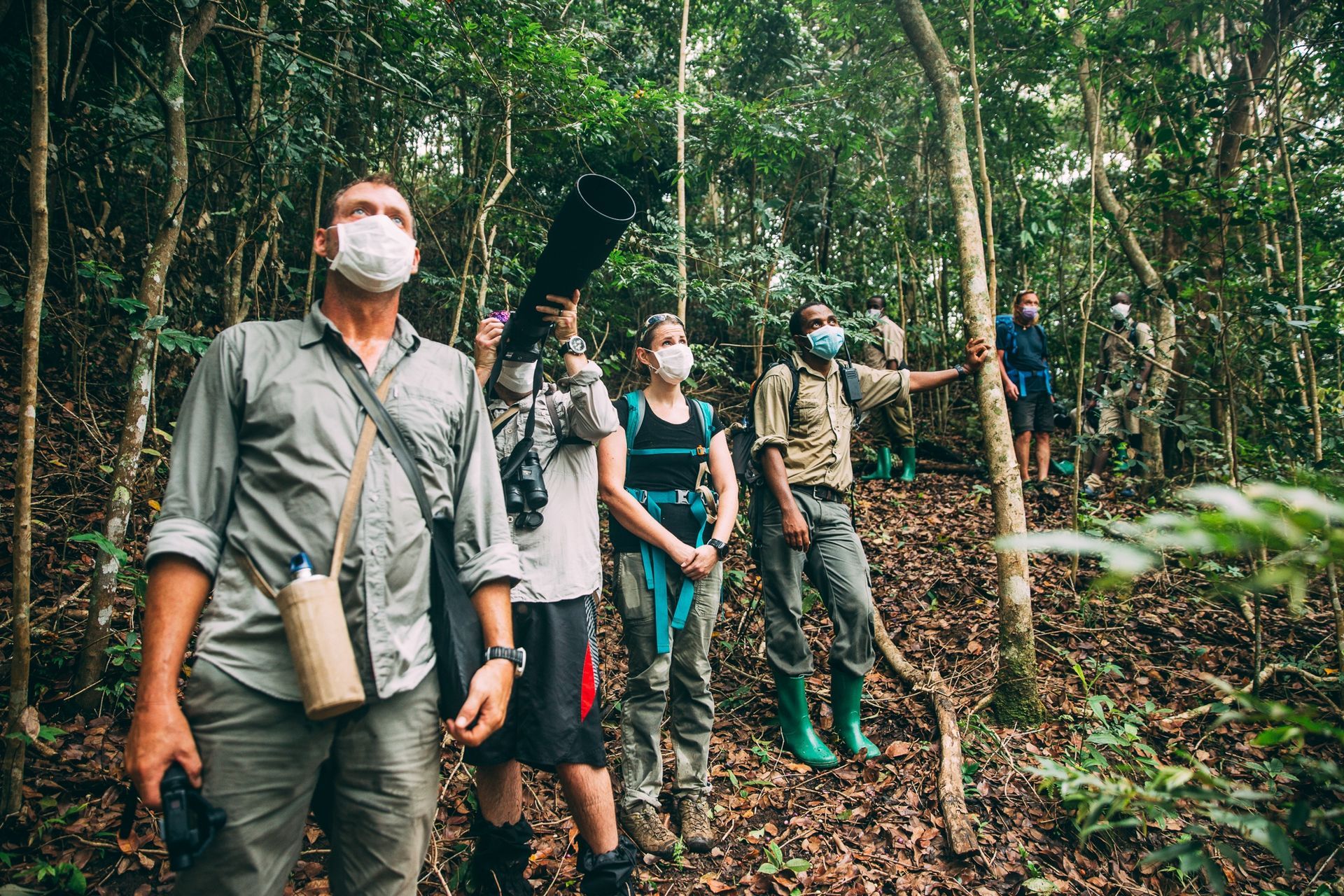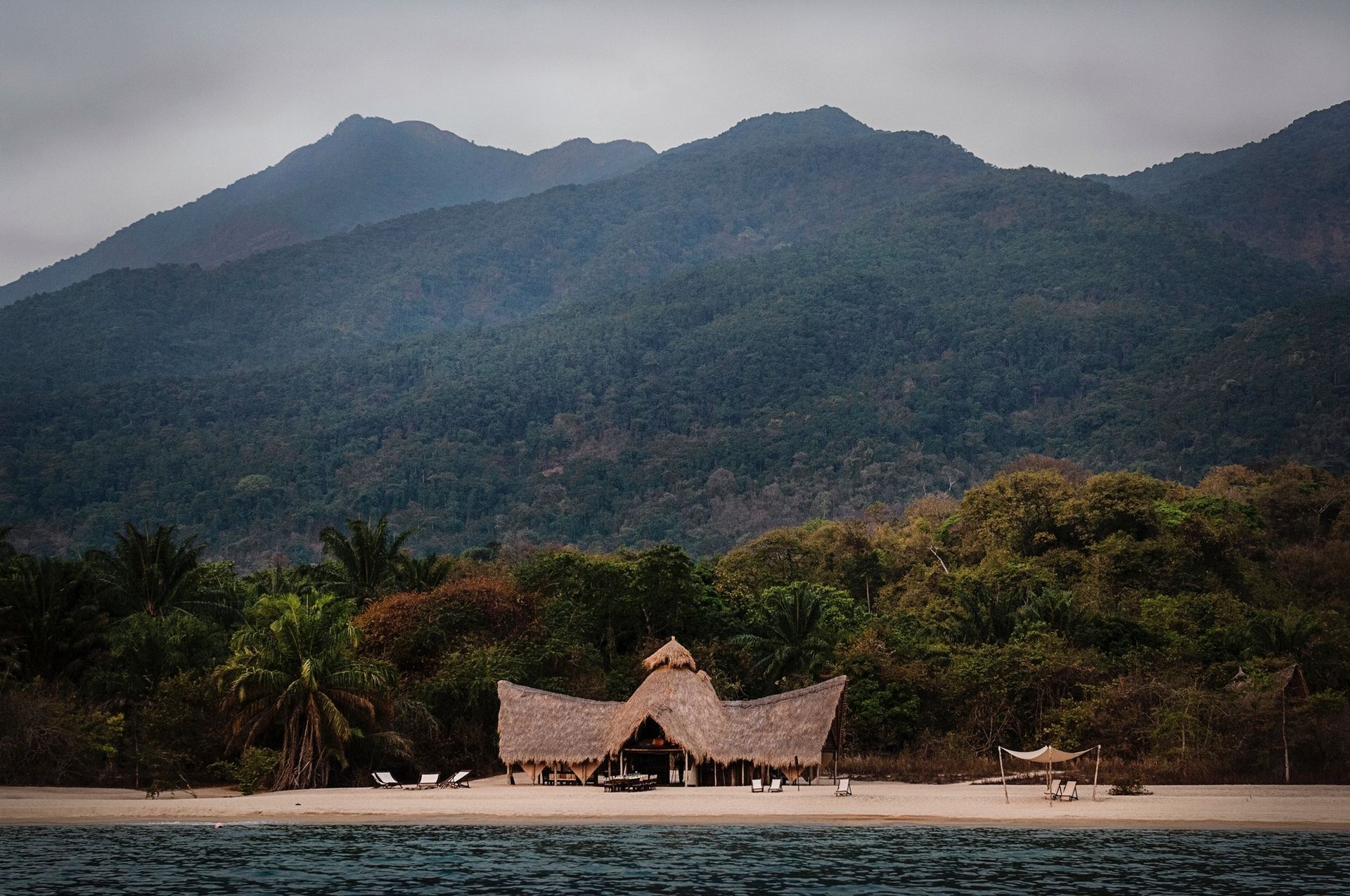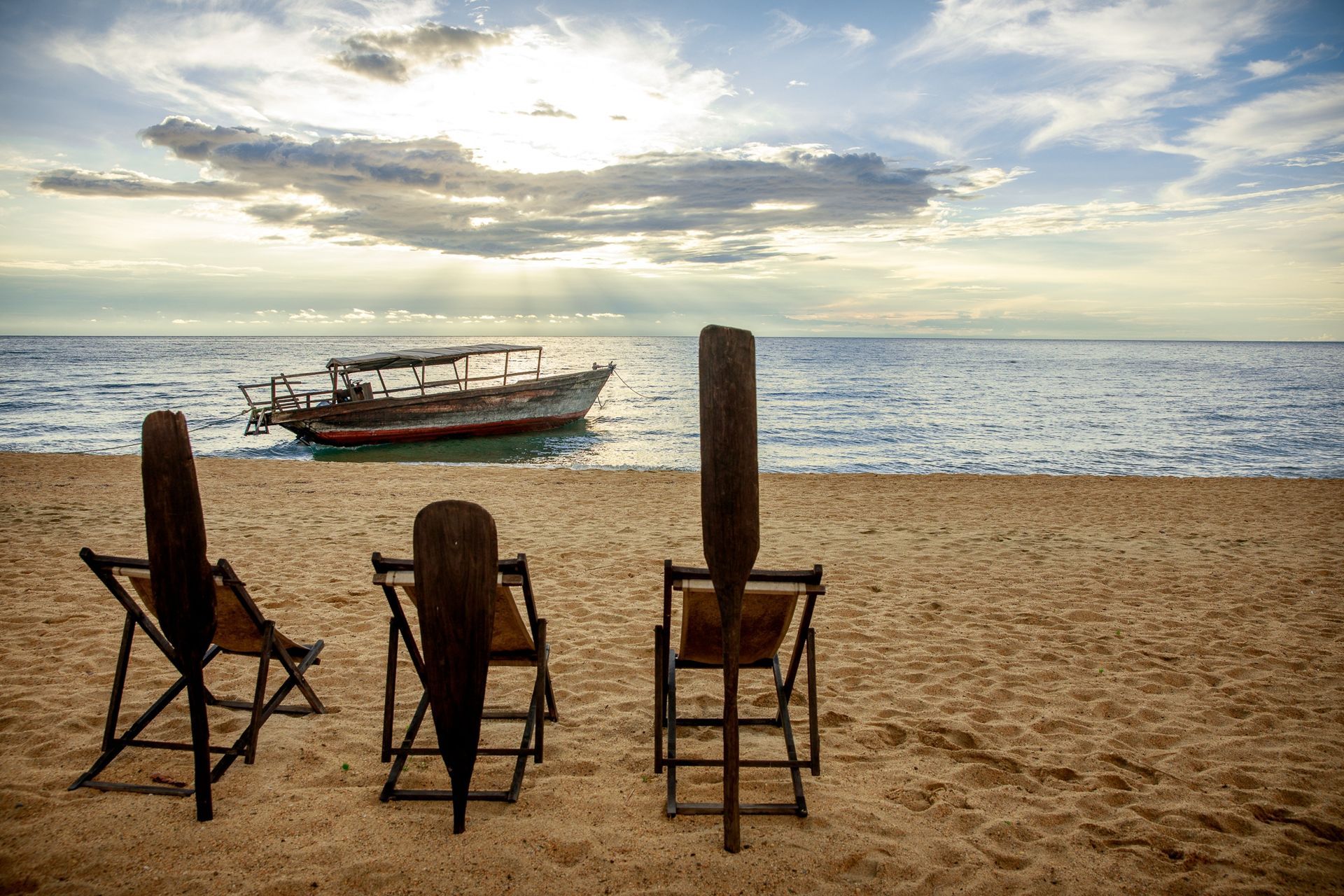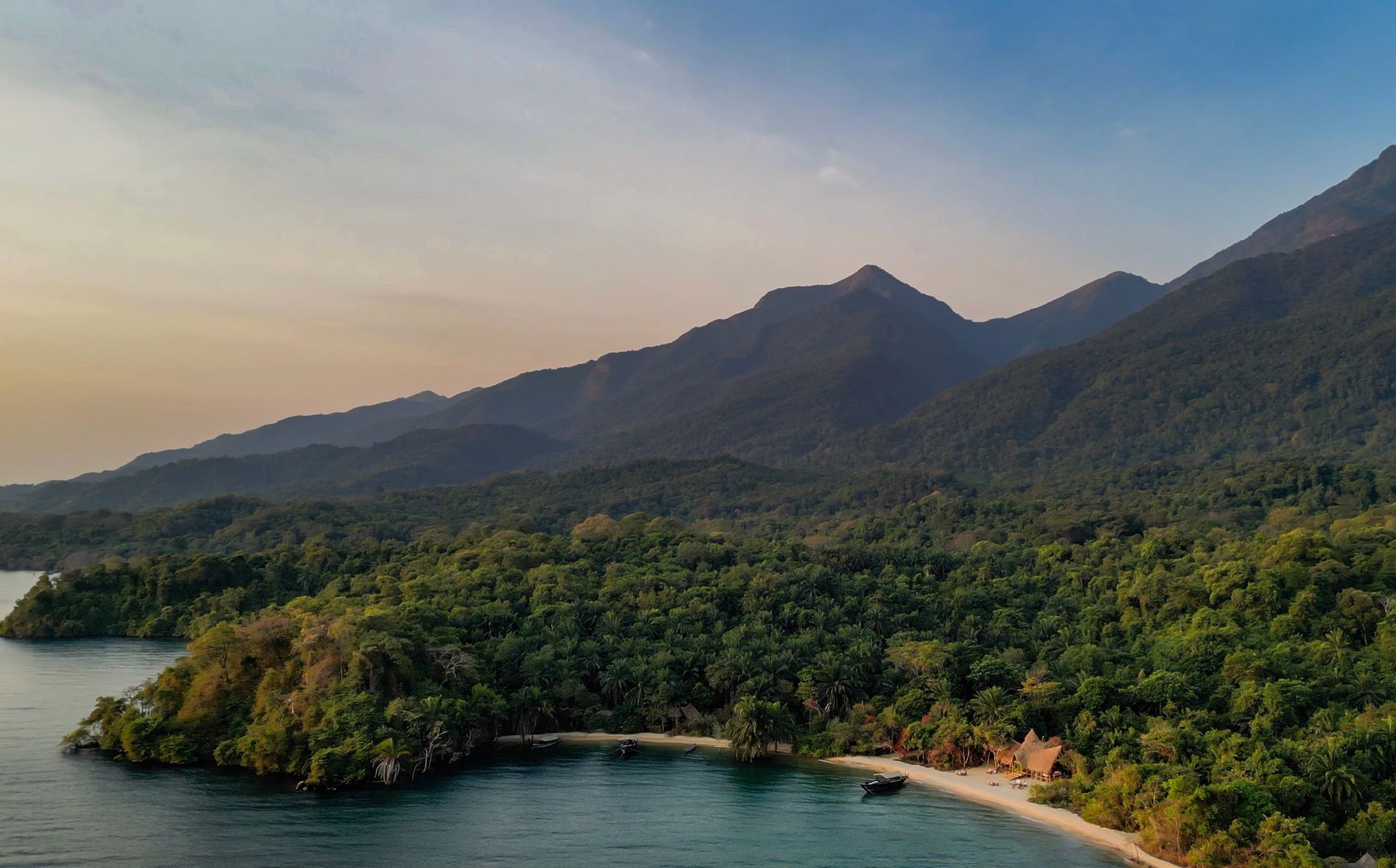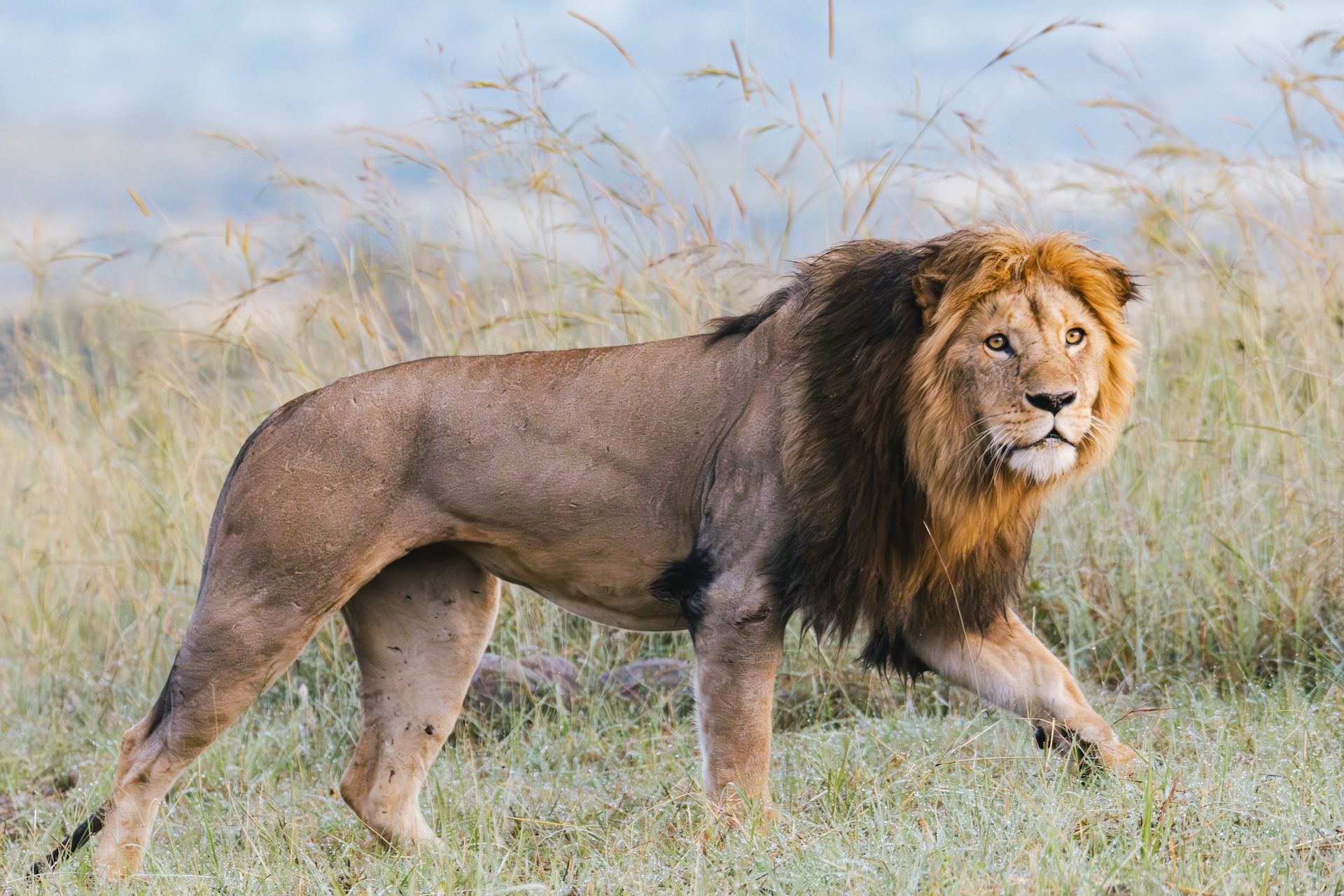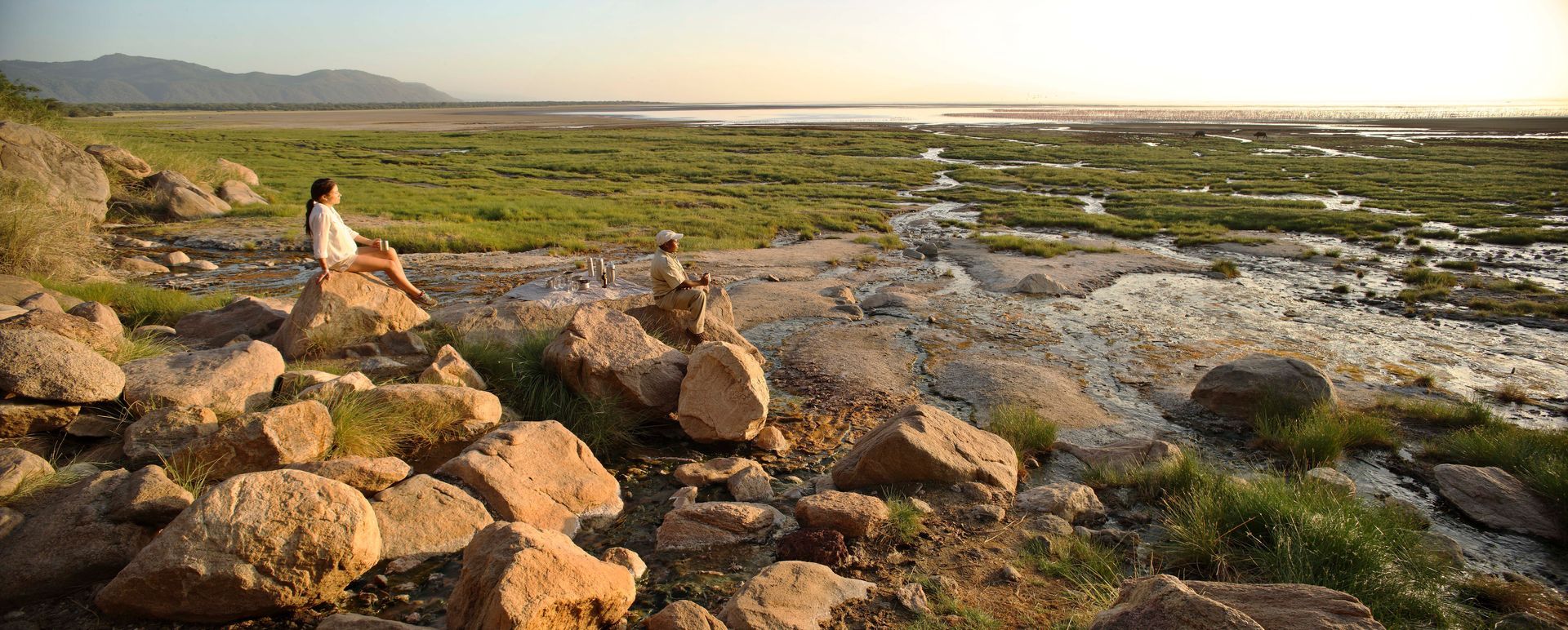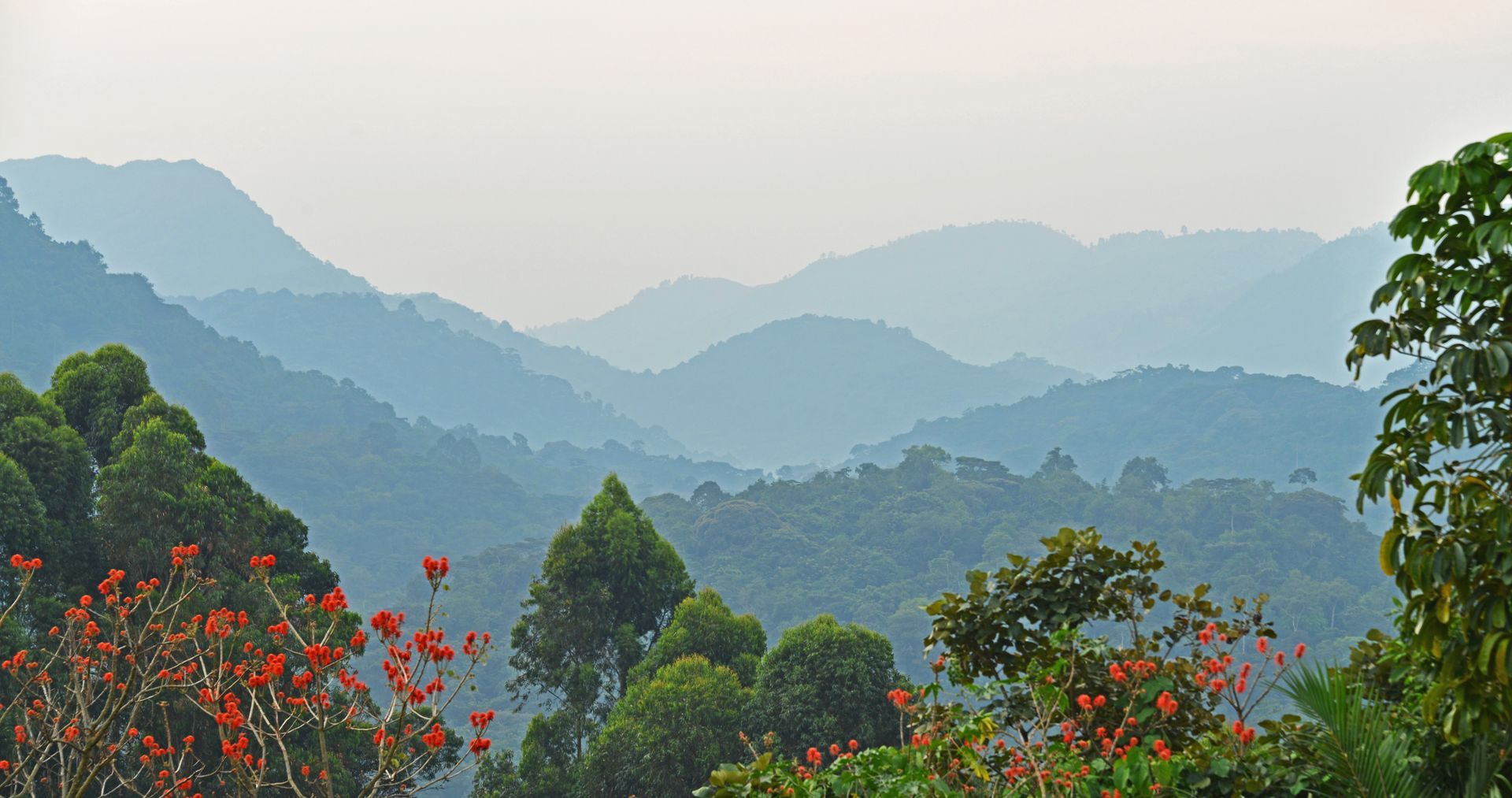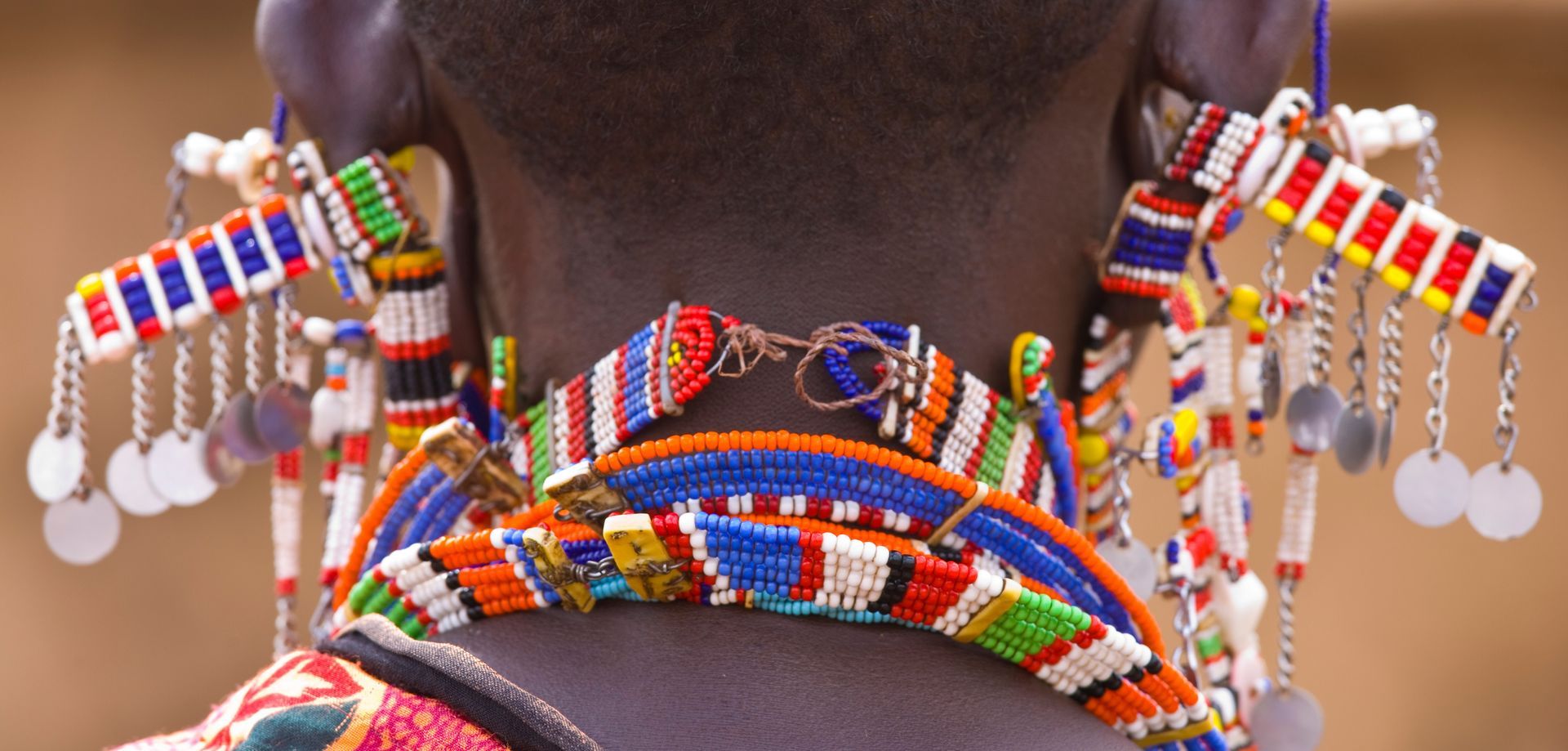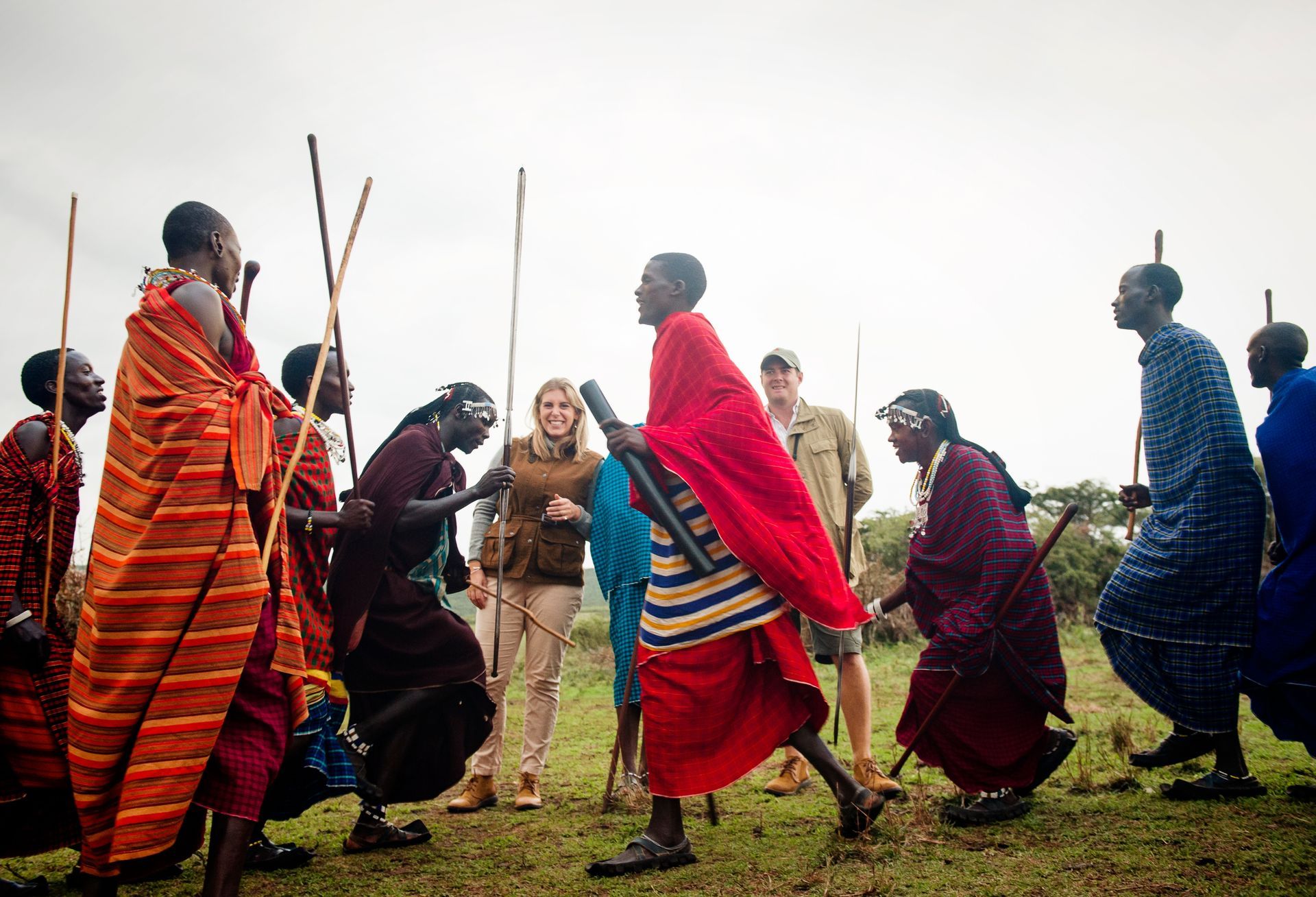Discover secret Tanzania
Head south for a remote safari circuit with a difference
For travellers seeking a Tanzanian safari, the northern circuit — with its iconic Serengeti, Ngorongoro Crater, and Tarangire National Park — often dominates itineraries. Yet, hidden in the south and west lies a collection of lesser-visited parks offering equally thrilling and arguably more exclusive adventures. Mahale Mountains National Park, Nyerere National Park (formerly Selous Game Reserve), and Ruaha National Park form the backbone of Tanzania’s southern safari circuit, a region rich in biodiversity and raw wilderness. Together, these parks provide an alternative to the bustling north, offering intimate wildlife encounters, diverse landscapes, and an unfiltered connection to nature.
The allure of Mahale Mountains National Park
Tucked away on the shores of Lake Tanganyika in western Tanzania, Mahale Mountains National Park is a paradise of pristine wilderness. Accessible only by boat or small plane, Mahale feels like a world apart, where lush forests cascade down steep mountains to meet the crystal-clear waters of the world’s second-deepest lake.
While the park teems with biodiversity, Mahale’s crown jewels are its chimpanzees. Home to one of the largest remaining populations of wild chimps in Africa, the park offers visitors the rare chance to track and observe these fascinating primates in their natural habitat. Trekking through the dense forest to find them is an experience like no other. You’ll hear their calls long before you see them, and when you finally come face to face with a troop, the sense of connection is profound.
Mahale’s remoteness ensures an exclusivity rarely found in the Serengeti. Visitors share the park with only a handful of others, making every moment feel personal and extraordinary. Beyond the chimps, Lake Tanganyika itself is a treasure, perfect for kayaking, fishing, or simply unwinding after a trek.
Nyerere National Park: Africa’s untamed giant
At a staggering 30,000 square kilometres — making it one of the largest protected areas in Africa— Nyerere National Park is an immense, untamed wilderness. Formerly part of the famed Selous Game Reserve, Nyerere is a haven for wildlife, with its heart centred around the lifegiving Rufiji River.
Unlike the northern parks, where wildlife congregates in predictable patterns, Nyerere’s vastness allows animals to roam freely and undisturbed. It’s a paradise for elephant herds, elusive leopards, and one of the continent’s largest populations of African wild dogs. Boasting an impressive array of safari activities, from boat safaris to walking safaris, it offers a uniquely varied experience that goes far beyond game drives.
The boat safaris, in particular, are a highlight. Cruising along the Rufiji River, you’ll drift past hippos wallowing in pods, crocodiles basking on sandbanks, and birdlife so abundant it feels like an ornithologist’s dream. By comparison, the Serengeti’s river systems are smaller, their wildlife interactions more predictable.
Nyerere’s charm lies in its sense of discovery. The park’s southern location means fewer crowds and an untouched feel that’s becoming increasingly rare in African safaris.
Ruaha National Park: baobabs and big cats
If Nyerere represents uncharted wilderness, Ruaha National Park delivers rugged charm and some of Tanzania’s best predator sightings. Located in central Tanzania, Ruaha is defined by its sprawling savannahs, meandering rivers, and iconic baobab trees. It’s a quintessential African landscape, yet one that remains refreshingly under-visited.
Ruaha is especially famous for its lions. The park is home to one of the largest lion populations in East Africa, making predator-prey dynamics a central theme of any visit. Cheetahs and leopards are also frequently spotted, while wild dogs add to the park’s predator density.
While the Serengeti’s plains offer a dramatic stage for the Great Migration, Ruaha’s quieter atmosphere allows for more intimate wildlife encounters. Imagine watching a pride of lions on the hunt with no other vehicles in sight or sitting under the shade of a baobab tree as elephants graze nearby.
The park’s semi-arid climate creates seasonal variations that shape the safari experience. During the dry season, wildlife congregates around the Great Ruaha River, creating excellent game-viewing opportunities. In the green season, the park’s lush scenery and birdlife come to the fore, making it a photographer’s paradise.
North vs South
Tanzania’s Northern Circuit is undeniably iconic. The Serengeti’s Great Migration is one of the most famous wildlife spectacles on Earth, while the Ngorongoro Crater boasts a density of animals rarely seen elsewhere. But with these accolades come crowds, particularly in peak seasons.
By contrast, the Southern Circuit — comprising Nyerere, Ruaha, and Mahale — offers solitude and exclusivity. You won’t find the same density of tourists here, and the diversity of activities provides a fresh perspective on safari. Where the north is about spectacle, the south is about immersion.
The landscapes also differ significantly. The Serengeti’s endless plains are dramatic and iconic, but the southern parks’ varied terrains — from Nyerere’s riverine woodlands to Ruaha’s baobab-studded savannahs — offer more diversity in scenery. Similarly, while the northern parks excel in classic game drives, the south’s walking safaris, boating adventures, and primate tracking make for a more well-rounded experience.
The southern circuit is also a natural choice for seasoned safari-goers looking for something different. It complements the north beautifully, offering deeper exploration of Tanzania’s vast and varied wilderness. Combining both regions in one trip provides a truly comprehensive Tanzanian adventure.
Why visit secret Tanzania?
For those willing to step off the beaten path, Tanzania’s southern and western parks are an unparalleled safari destination. Mahale Mountains National Park offers intimate encounters with chimpanzees, Nyerere National Park delivers a sense of wilderness rarely found in modern safaris, and Ruaha National Park provides some of the best predator sightings on the continent. Together, they showcase Tanzania’s rich natural heritage, offering a safari experience that is as diverse as it is rewarding.
While the northern circuit will always be a cornerstone of Tanzanian tourism, the south holds its own secrets — quiet, wild, and waiting to be discovered. For those in search of untamed beauty, secret Tanzania might just be the ultimate safari destination.
